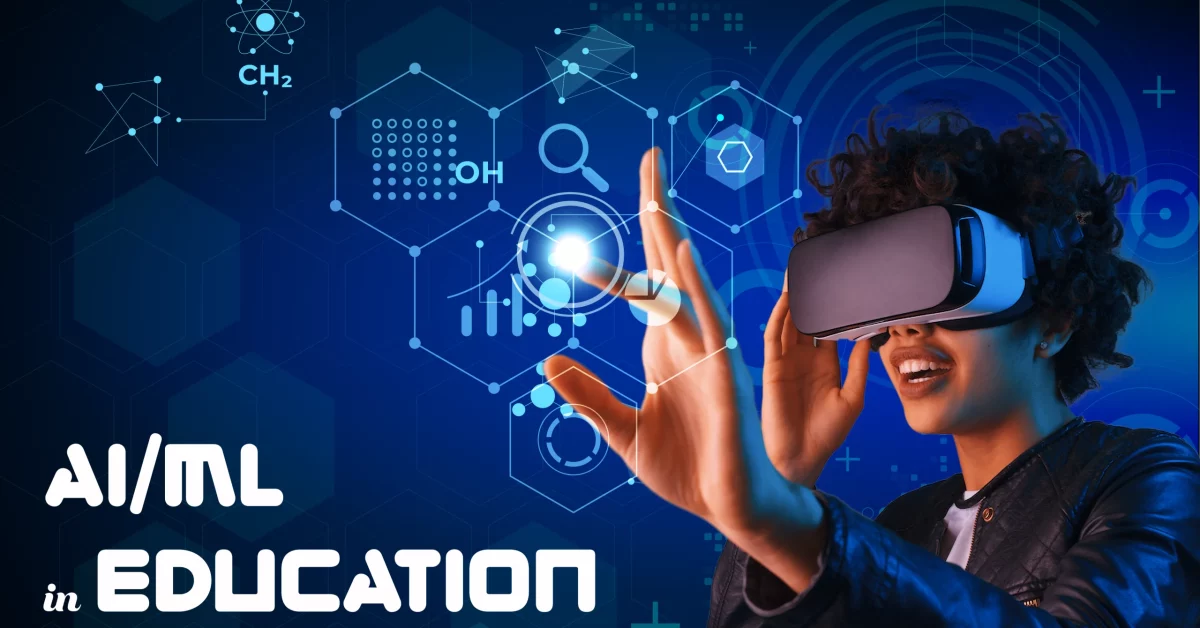
Akkomplish is a global business solution and service provider for your business transformation needs and facilitating holistic organizational growth with impeccable standards.
Call Us: +1 - 980 347 3323
Email: info@akkomplish.com
Akkomplish USA LLC
155 Gibbs St 4th Floor, Rockville Maryland 20850 United States
AI and ML Competence in Middle Eastern Public Education Sector
AI is being successfully applied in several educational endeavors and improves the overall performance of students and educators.
We discuss some examples of the same below.

Technologies that would make the biggest growth in education in the next 1–3 years
According to Market Research Future [4], expected growth in the education market is 8% or 2 billion dollars by 2023. All countries will adopt the new and upgrading techniques of AI and ML.
Various experiments are undertaken globally to test the viability of AI-based learning methods for students. Students volunteer an MRI scan while watching video lectures to give us a glimpse of how they learn.
It helps understand how the differences among students and time zones correlate with their understanding of the concepts and their concentration levels while watching the videos.
Soon, AI software's will be introduced to cater additional support to the education system highlighting personalized learning and student engagement in various subjects.
By 2023, a lot of growth in applications like Content Delivery Systems, Natural Learning processes, and On-Cloud technologies is predicted.
Interactive tools help to analyze and assess the students’ performance in various subjects.




